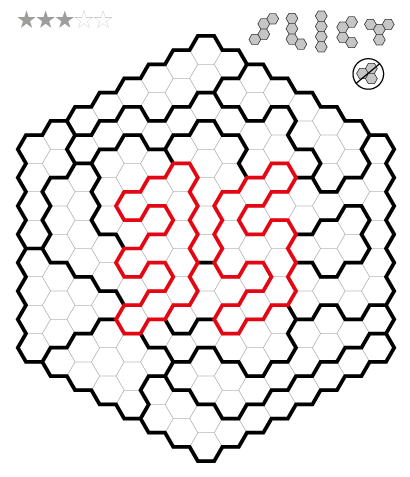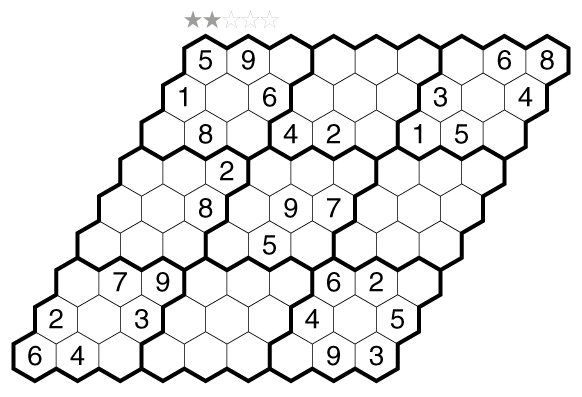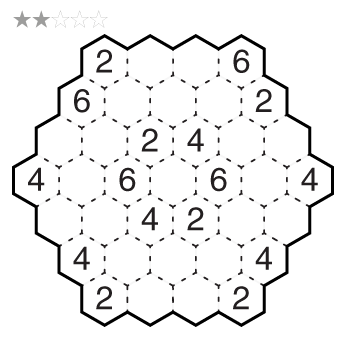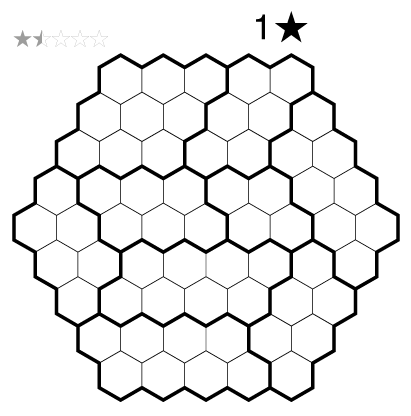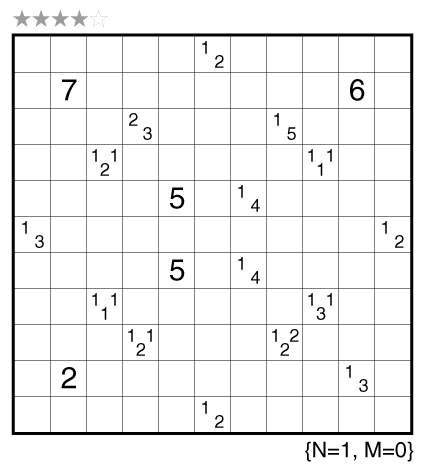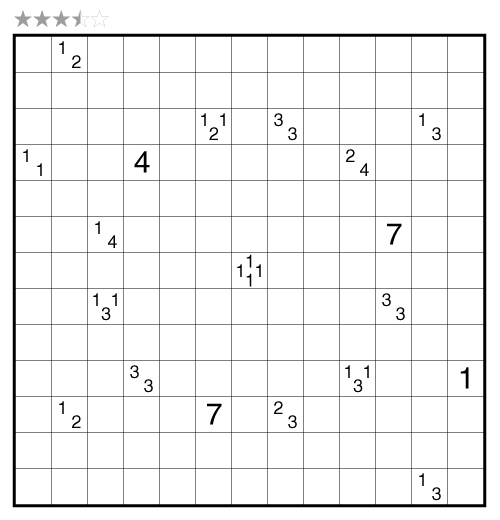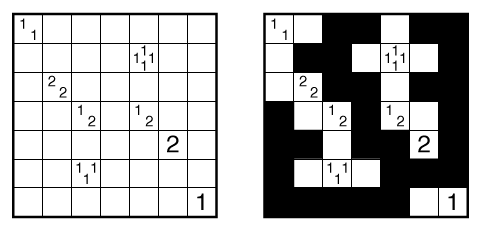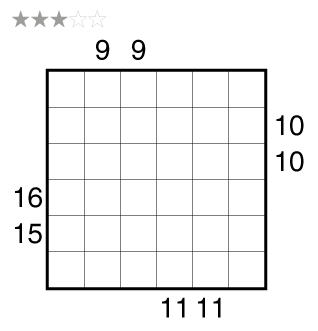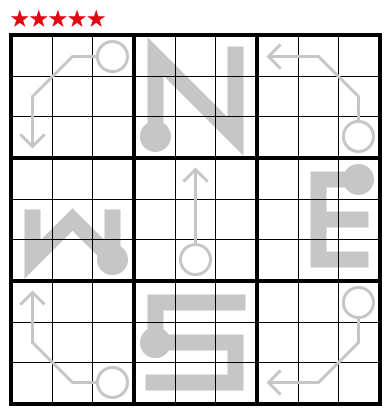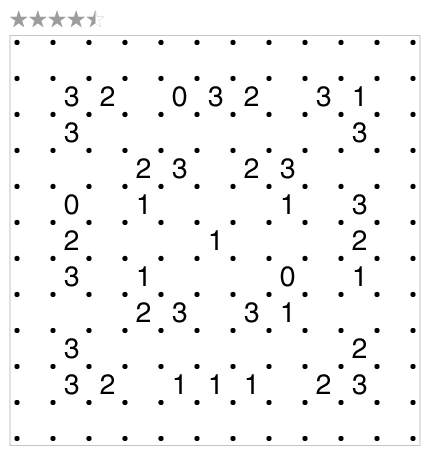Kakuro (Hex) by Murat Can Tonta
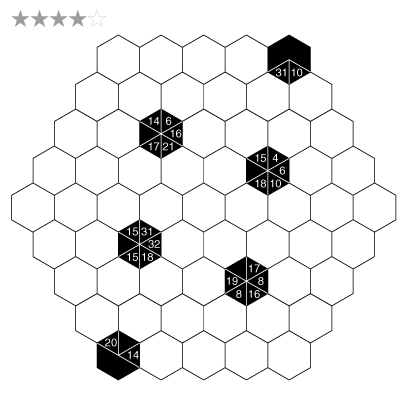
or solve online (using our beta test of Penpa-Edit tools)
Author/Opus: This is the 226th puzzle from our contributing puzzlemaster Murat Can Tonta.
Rules: Standard Kakuro rules except on a hexagonal grid: Fill all empty hexes with digits from 1-9 so that all number clues (in white) indicate the sum of the digits in that direction. Digits cannot repeat in any entry (i.e., any group of hexes connected either horizontally or in one of the two diagonal directions, without any black cells separating them). This no repeat rule applies even for unclued entries.
Difficulty: 4 stars
Time Standards (highlight to view): Grandmaster = 6:45, Master = 9:30, Expert = 19:00
Solution: PDF and solving video.
Note: Follow this link for classic Kakuro and this link for Kakuro variations. More Kakuro puzzles can be found in Kakuro and Variations by Serkan Yürekli and in The Art of Puzzles 2.

